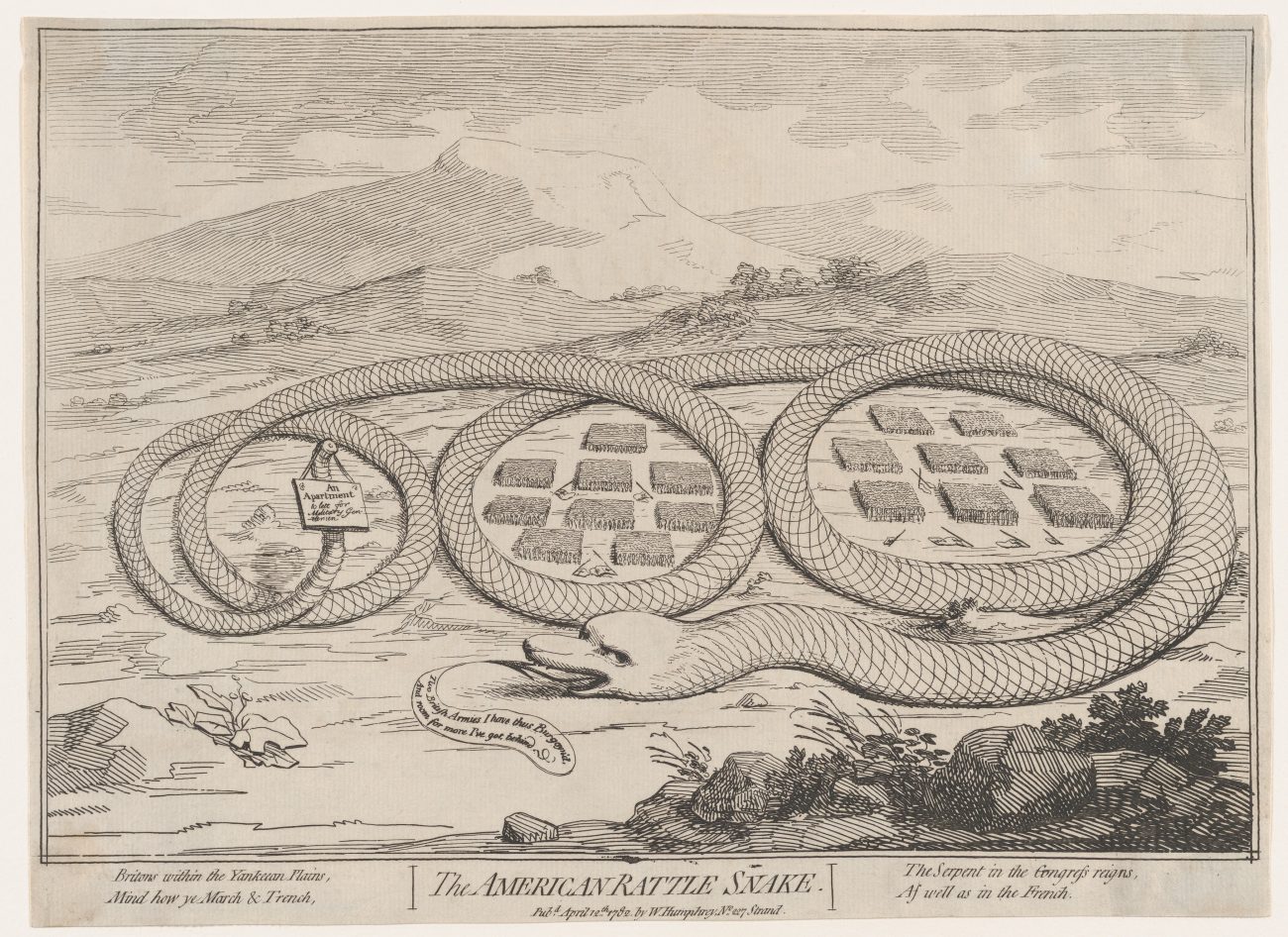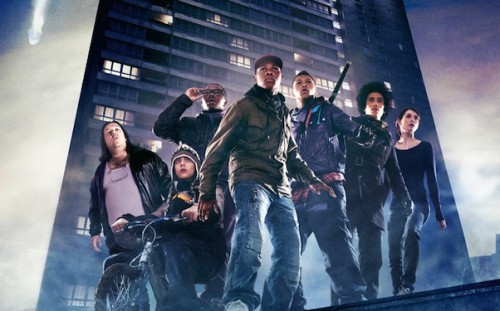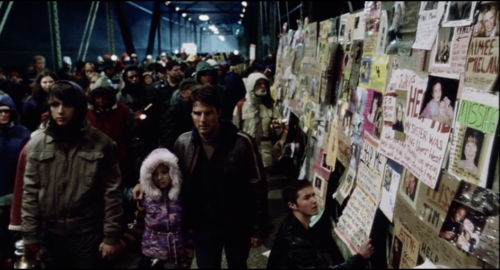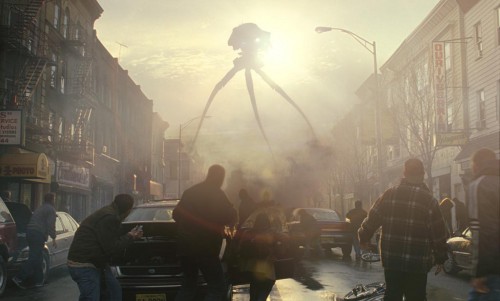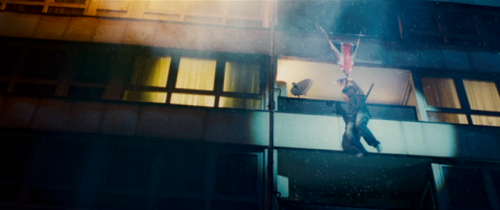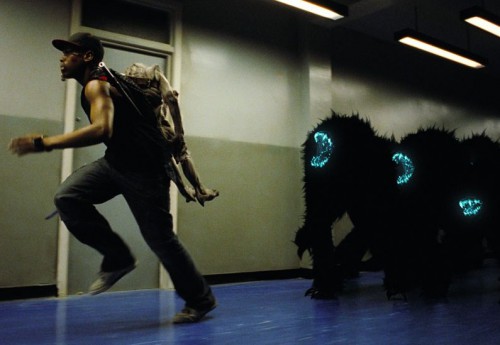PART 1
This essay original appeared in boundary 2 (August 2017).
Here are some titles that literary historians will not find in their databases and library catalogues: They will not find British Literature and the American Revolution Crisis. There is no monograph on The English Anti-Federalist Novel. John Adams and English Romanticism has yet to be written.[i] These missing volumes point, in turn, to some novels and poems that never appeared: works like Charlotte Smith’s Ellery; or The Rebel (1786), a novel about an English republican who leaves for Pennsylvania in 1773. Over the course of a decade, he sends letters home defending the conduct of the Americans against their British governors; he has a lot to say about the management of farms in the mid-Atlantic, though he also, in the novel’s mooniest pages, describes cascades on the outskirts of Philadelphia; in Delaware once he stares down a panther; the entire time he is trying to woo a young English woman away from her monarchist family, former Dissenters who have returned to the Church of England and grown rich by selling sauerkraut to the Royal Navy. In the final volume, he is captured by Clinton’s soldiers and delivered over to a prison ship anchored off of Long Island, from which he nonetheless continues to send letters; these finally dislodge Fanny-best-of-women from her crooked family; she makes the hard passage across the Atlantic, secures Ellery’s release from British custody, and nurses him back from starvation. With the war winding down, the two marry and move to a Washington County homestead.
That novel was never written, though it probably should have been. Its nonoccurrence, like the stubborn nihility of all the other long works on American themes, presents a real puzzle to the scholar. Where is the missing literature of the 1780s? Anyone studying the fall of the French monarchy doesn’t have this problem. To say that “English Romanticism was about the French Revolution” is as good a way as any to start thinking about it. It’s what a teacher might tell the students on the first day of a seminar: that innovative English poetry in the 1790s was a response to 1789, a cross-Channel heralding of the Great Event, maybe even an attempt to re-do it in verse.[ii] But then where are all the titles to flatter an American? If Southey and Coleridge eventually decided not to establish a communist utopia on the Susquehanna, couldn’t they have at least gotten a few major poems out of the idea? Couldn’t Wordsworth have fathered a bastard in Virginia? Literary historians have discovered the French Revolution all over British letters in the 1790s, right down to the children’s books. Partisans of the American war, meanwhile, hoping to discover their revolution in print, are stuck scouring the minor works of Samuel Johnson, or reverting back to reliably forthright political pamphlets, or discussing novels so forgotten you need a travel grant to Yale to so much as read them (Giles 2009). Eliga Gould has recently confirmed an old point about the American Revolution, which is that it had remarkably little effect on British politics; it didn’t much change the way that Britain’s political class thought about its empire; a basically depoliticized British populace did eventually register a certain war weariness, but defeat did not harden them against their own institutions; and crown and Parliament dusted themselves off by simply consolidating their power over Britain’s remaining holdings (in India and Canada and the Caribbean) (Gould 2000; see also Dickinson 1998). Wanting to read what the British poets had to say about the American Revolution, and finding ourselves in front of an all but empty desk, we might venture a properly literary version of Gould’s point: It was always going to be hard to find a rhyme for “Saratoga”; apparently no-one thought it important enough to try.
If you’re part of the transatlantic or globalizing turn in eighteenth-century studies, you might find such observations petty, smacking as they do of nationalist jealousies, the resentment of one writing from Vermont and wanting something more to read than Blake’s belated America (1793). But the cosmopolitans have it even worse than the literary patriots, since hard though it is to find long poems and fictions from the eighteenth century that take the American Revolution as their object or even their backdrop, it is harder still to find ones that describe the Revolution as a global event. This, in turn, opens up to a more general point: There are lots of compelling reasons one can give to study eighteenth-century literature from a transnational vantage. Early American writers obviously didn’t start from scratch, devising entirely new literary genres and forms to consecrate the nation. They mostly adopted British models. We know that Brockden Brown was William Godwin’s biggest fan and that the Connecticut Wits had studied their Pope, which suggests that we can study the circumatlantic pathways of poetic forms as we would those of Quakerism or salt cod. Similarly, we can find a certain Americanism, in Britain, among republican writers in the generation after 1776, hitching a ride on their French enthusiasms and perhaps half-hidden by them; this is best thought of as a geopolitical mutation in older traditions of radical English dissent—Milton by way of Massachusetts. Alternately, literary internationalists can lay out the ways that godly writers in early New England began puzzling out their relation to Atlantic capitalism. Or they can point out that the local situations that American fictions describe themselves had transnational or global determinants (Giles 2009, Shapiro 2008, Burnham 2007).
But what the Atlanticists will almost never find are fictions that actively and obstrusively de-localize their own narratives, following concurrent events in (or on) multiple colonies, states, and continents. It is a hallmark of the new Atlantic history that it crosses old borders in unexpected ways—that it excitedly discovers Scots living in seventeenth-century Panama and Basques on the coast of Newfoundland. But the period’s own novels and romances almost never cross such borders. Historians, it turns out, are much better than fiction writers at reconstructing spider-web diasporas. Even the most obvious candidates for the title of Atlantic novel resist that description: Robinson Crusoe, for instance, is precisely not a novel about the globe. Its hero is first offered various forms of provincial success—he could set up as small merchant or farmer in northern England; he could become a tobacco planter in Brazil—and in each case he rejects such landedness in favor of the new forms of global aspiration: he wants to make his fortune by adventuring at sea and around the colonies. And yet the novel ends up punishing this maritime Crusoe, which is to say that it ends up rejecting his planetary adventurism, both ideologically and narratively, and it does this by as it were grounding him, confining the would-be epic wanderer to some pinprick of Caribbean earth. A novel that on the face of it looks like a global story turns out to be resolutely anti-global, especially in the long middle section for which it is most famous: artisanal—Crusoe learns how to make pottery, Crusoe learns how to bake bread; minutely territorial; among the most geographically circumscribed novels in the English canon. The historians of empire argue that the American colonies were commonly seen as simple extensions of Britain in the eighteenth century, a Fringe more-than-Celtic, the Outermost Hebrides.[iii] They have a lot of evidence for this, but then we are still obliged to point out that there were in the period almost no fictions that depicted a fused Atlantic, an interlocking but multi-territorial British nation. Our erudition allows us to spot the transatlantic borrowings in eighteenth-century American letters, but the works in question do not flag those borrowings qua borrowings or encourage us to see them as oceanic. They silently transplant whatever conventions they have imported: Godwin masquerades as Pennsylvania-born. Twickenham rebuilds itself in the Litchfield Hills. An Atlantic history of literature imposes its frame on a body of writing that is itself almost never transatlantic.
The point is especially true of novels. Indeed, one of the many surprises of eighteenth-century writing is how much easier a time poetry has talking about global affairs, mostly, I think, because poetry remained comfortable with forms of linguistic compression or abstraction that prose fiction had already, for the most part, given up on: “With what an awful world-revolving power / Were first the unwieldy planets launched along / The illimitable void” (Kaul 2000; Thomson 1727: 32-4). This is perhaps reason enough to be interested in a long poem published in 1785: a poem that lots of people once loved, by William Cowper, called The Task, which basically records a set of meditations entertained by the poet while hiking around Buckinghamshire. The poem was published less than two years after peace was announced between Britain and the United States; it addresses the war directly; it was, in fact, one of the first long poems to do so. Among British poets, Cowper is pretty much what we’ve got by way of literary first-responders. More curious, The Task is an oddball instance of what’s usually called the georgic, which is species of countryside poetry, designed for describing local landscapes, which means it seems singularly ill-suited for reckoning with global events. A quick comparison will underscore the problem: When American authors began drafting long poems after the revolution, they took to writing epics, not georgics: Joel Barlow published the Vision of Columbus in 1787; Timothy Dwight published The Conquest of Canaan in 1785, the same year as The Task.[iv] And epics, of course, can seem ready-made for recounting war and the founding of nations; if you’re going to write a poem about a revolution, the epic is the go-to genre, which makes a person wonder what Cowper thought he was doing writing landscape verse.
More: Cowper was a fervent evangelical; he saw himself as trying to revive the seventeenth-century modes of piety that we used to call Puritan; and he came from a prominent Whig family and himself spoke in the accents of a radicalized Whiggery, the kind of idiom that was central to revolutionary politics in North America. A neo-Puritan and Commonwealth man: to speak crudely, Cowper can easily seem like an American figure, fully part of the Atlantic constellation in a way that not all Britons were. Indeed, Cowper was, by the standards of Warburton-era evangelism, unusually republican, unwilling to follow eighteenth-century Puritanism’s royalist and authoritarian turn. The point is: If you want to figure out what is distinctive about Cowper’s poem, it’s not much use looking at his biography or his stated convictions, because a man of his cast could easily write in other poetic modes. Cowper and his American allies held similar beliefs, but they had different ways of telling a story, which means different ways of making sense of history or of making the recent past intelligible. They came to the American war with different temporal schemes. The Americans made the easy choice; they each wrote an American Aeneid, a kind of Carolina Liberata, which means we can put them to one side so as to ask the harder question: Do poems others than epics have ways of making sense of planetary events? How exactly did the globe enter into British poetry in the years of imperial crisis? And how can you even talk about a distant revolution in a poem that seems to be mostly about gardening?
MORE TO COME…
[i] Here are some titles a scholar will find: America in English Fiction, 1760-1800: The Influences of the American Revolution (Heilman 1937); Atlantic Republic: The American Tradition in English Literature (Giles 2009); Americans in British Literature, 1770-1832: A Breed Apart (Flynn 2008); and perhaps most saliently, Entertaining Crisis in the Atlantic Imperium, 1770-1790 (Quinn 2011), which is a kind of The War for America and the London Stage.
[ii] For a comprehensive bibliography on this subject, see Grenby 2006.
[iii] For one important account of this British America, as seen from its western shores, see Greene 1988.
[iv] Modern editions of all three poems are available: The Task in Cowper 1968, but in many other places besides; The Conquest of Canaan in Dwight 1969; and The Columbiad in Barlow 1970. I discuss Barlow at length in Thorne 2006.

